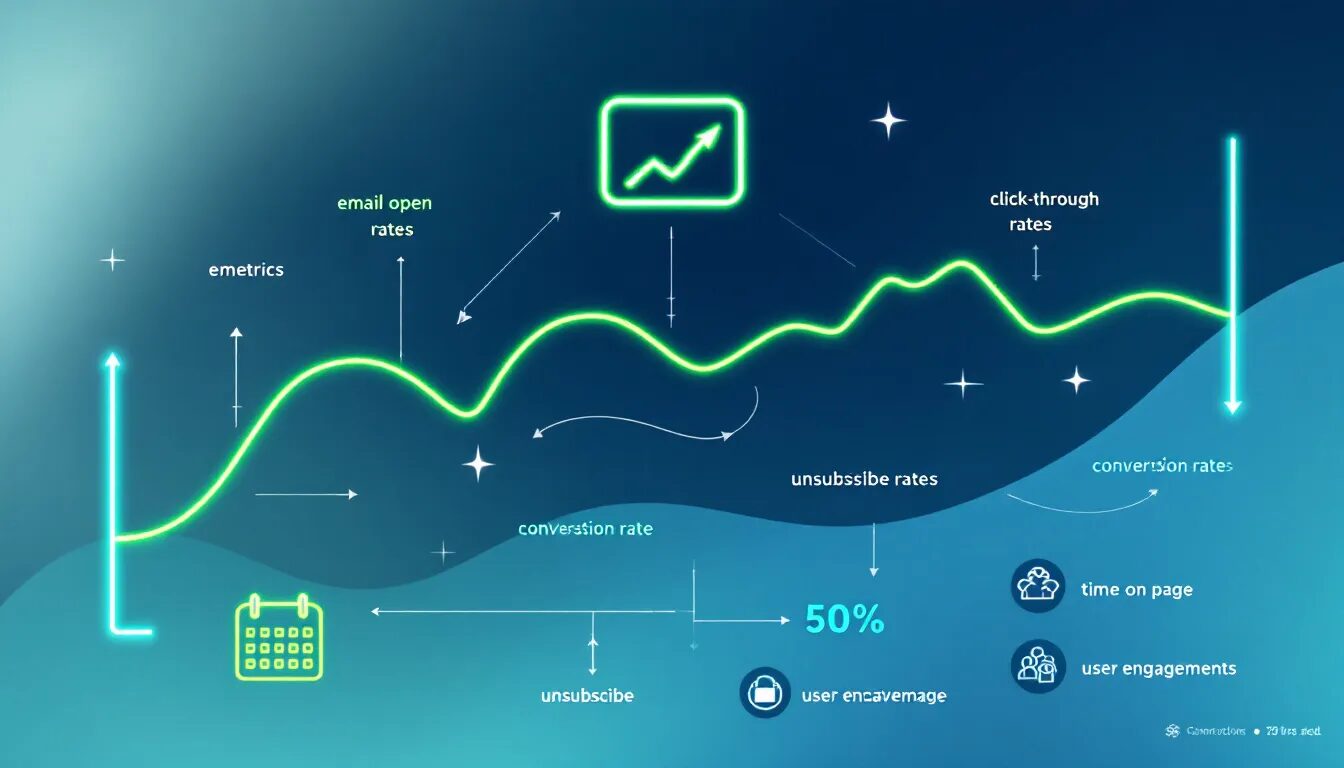
7 Email Analytics Concepts You Should Get Familiar With
Email marketing is by far one of the most lucrative ways that you can target your audience. Unfortunately, developing a successful email campaign isn’t always as straightforward as it seems, especially if you’re new to email analytics.
There are many different metrics you’ll need to keep in mind in order to ensure they stay on the right path.
Not quite sure how to begin? We’ve got all the info you need. Let’s explore the email analytics that you need to keep in mind.
1. Open Rate
It should come as no surprise that the number of people who open your emails is one of the most important metrics you need to consider. After all, you can expect your audience to take the desired action if they don’t even make it to the body copy of your message.
Generally, the headline of an email has a lot to do with whether or not people feel compelled enough to open the message. The ideal headline will vary highly depending on what industry you’re in and who your audience is, so it’s important that you test out a large number of them.
One of the best ways to do so is to segment your audience into different groups and use different headlines for each. You can then determine which headline performs best.
2. Bounce Rate
This term refers to the total number of emails you sent that never made it to your audience. This can be thought of as these emails ‘bouncing’ back to the sender.
Most of the time, messages fail to make it to the intended recipient due to a server being down or an inbox being full. In some cases, though, an invalid email address (or one that simply doesn’t exist at all) can also contribute to your overall bounce rate.
These email addresses should be removed from your email list as quickly as possible since it superficially inflates the total number of consumers you’re able to contact.
3. Voluntary Unsubscriptions
If people are unsubscribing from your company’s emails, you’ll need to be aware of it. Of course, you can’t prevent each member of your audience from eventually unsubscribing— some people simply don’t want to receive promotional emails anymore.
If you notice a large number of our subscriptions after a recent email blast, though, you’ll need to take a look at what was sent. It’s not impossible for a mistake in the email copy to convey the wrong information to your audience. The same can be said about email content that fails to load properly, which can give recipients the impression that you’re unprofessional.
As long as your list of valid email addresses is growing over time, voluntary and subscriptions more than likely aren’t something you need to worry about.
4. Overall ROI
You’ll need to calculate your total ROI in order to determine whether or not your current email marketing strategy is generating the revenue you intend. Fortunately, this isn’t as difficult as it sounds.
You can do so with the following formula:
ROI = net return on investment/cost of the investment x 100
So, your equation might look something like this:
Email marketing ROI = $20,000 in sales/$4,000 investment x 100 = 500
The ‘500’ in this scenario is a percentage, meaning this email marketing campaign generated a 500% return on investment.
As previously mentioned, overall goals will vary from business to business. As long as you’re meeting or exceeding the expectations, though, you’ll know that your email campaigns are on the right track.
If you fall short of these numbers, it’s best to take a look at the content you’re sending while simultaneously performing more-involved research on your audience.
5. Click Rate
As the name suggests, the click rate metric refers to how many recipients of your email click a link within the email. This is a notably objective way to determine how effective your email marketing efforts are.
It’s important to note that having a high number of clicks doesn’t always equate to a high number of conversions. But, sending emails with a low number of clicks is far less favorable.
This brings us to the…
6. Conversion Rate
In marketing, a conversion is an action that you intend for consumers to take. So, it could involve making a purchase, downloading a free eBook, etc.
Since you already have their contact info, though, email marketing conversions are generally centered around sales.
In order to generate the most revenue possible, your marketing emails should be centered on optimizing your conversion rate. You can help facilitate the number of people who take the intended action by including a powerful CTA at the end of the message.
The format of your email also plays a role, with more streamlined, scannable formats being favorable over blocks of text.
7. Deliverability
This term refers to the total percentage of emails that were actually delivered to subscriber inboxes. While the bounce rate plays a large role in determining this matter, soda spam filtering, Internet service providers, etc. To calculate your deliverability rate, you simply need to use the following formula:
number of emails sent – number of emails bounced = Deliverability Rate
In general, you’ll want to shoot for a deliverability rate of at least 85% in order to remain competitive in your industry.
Understanding Email Analytics Can Seem Complicated
But the above information will make the process far smoother. From here, you’ll be able to ensure that fully understand the relevant email analytics and are able to make the necessary changes in the future.
Want to learn more about what we have to offer? Feel free to reach out to us today and see how we can help.
© 2020, Chris Duncan. All rights reserved.



